Grow Food Not Lawns! This is my new mantra. While lawns can be nice for playing soccer, rolling around on, or as a place for your dog to poop (don’t roll on it after that), all of those tasks can be done elsewhere. Beyond that, with the drought that we’re having out west, why would you want to waste your precious water on a lawn when you could be using it to grow food instead? Not to mention having to mow the darn thing. I’d much rather be putting my energy into planting things that will feed my family. And personally, if you do it right, I think it looks a lot better!
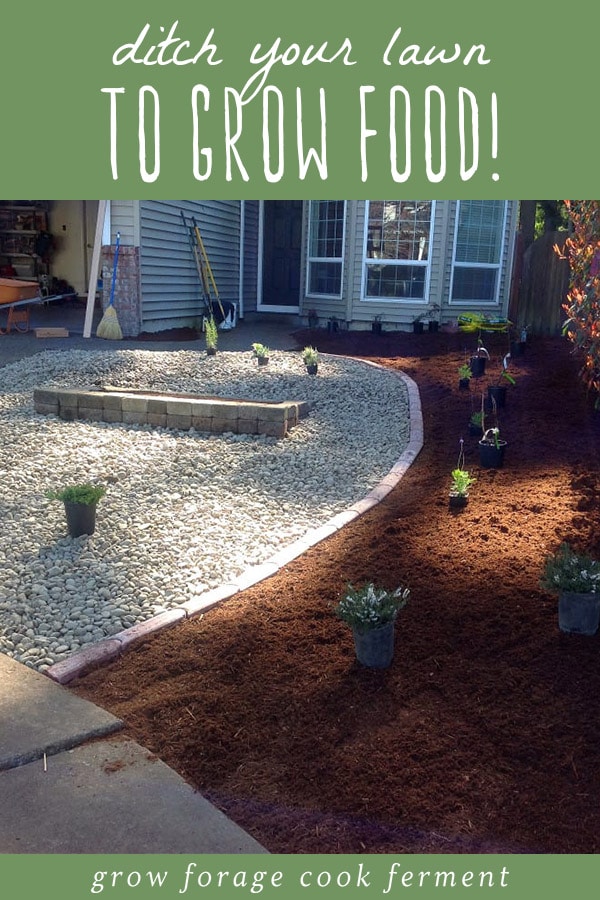
First up, a couple of before shots of my sister’s yard.
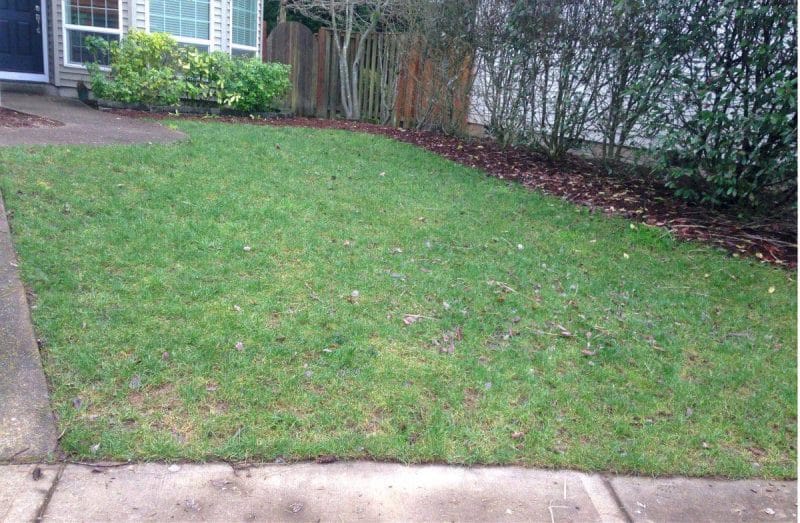
 How to Ditch Your Lawn and Grow Food
How to Ditch Your Lawn and Grow Food
The first thing Joel noticed were these retaining wall blocks in front of the bushes. It’s always nice when you can repurpose items that you already have! Out came the blocks, and the bushes. Sorry bushes, but we had no choice.
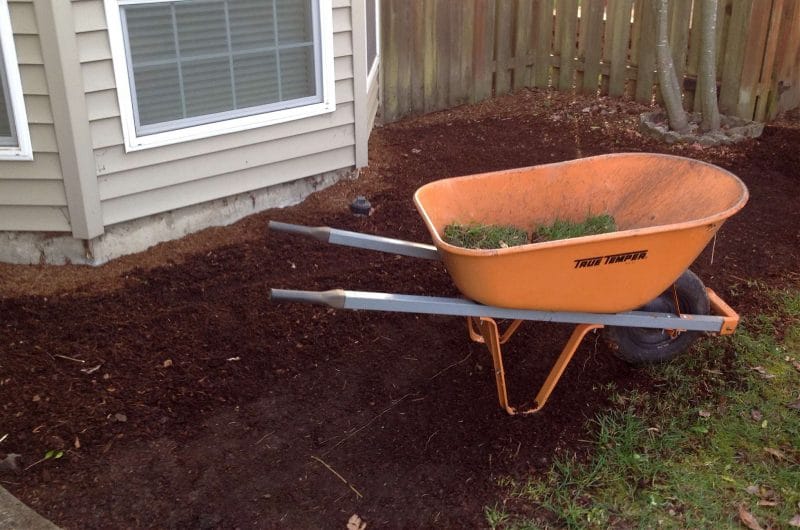
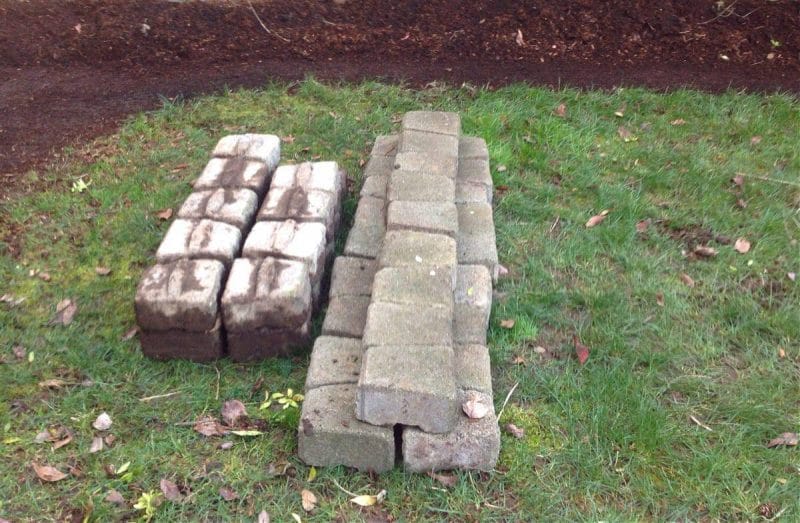
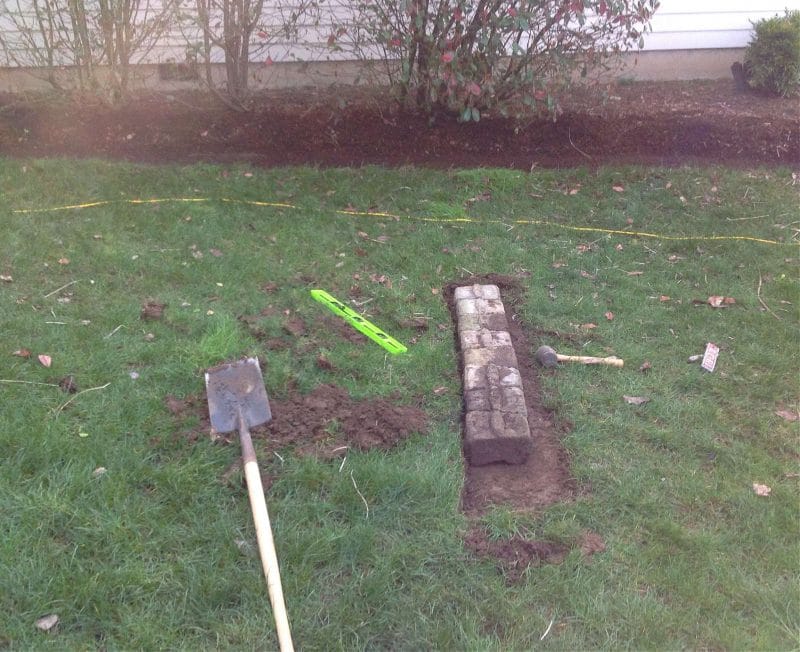
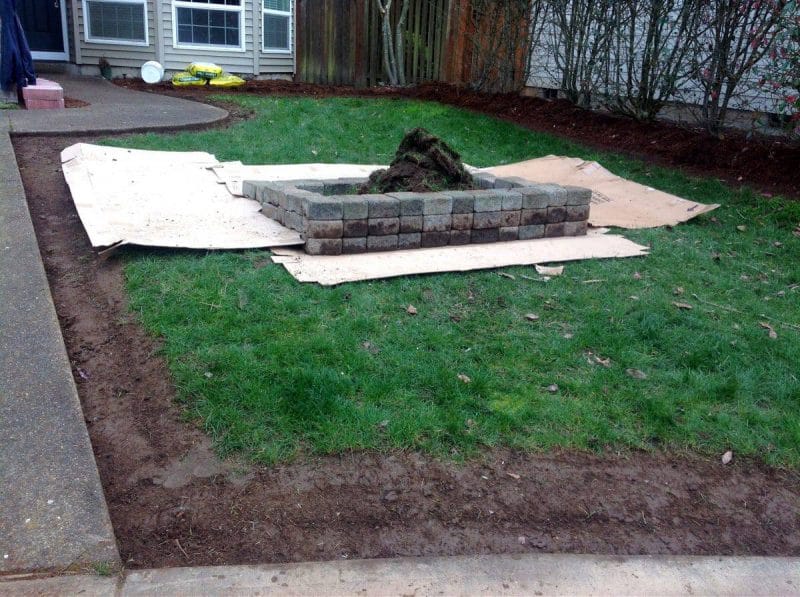
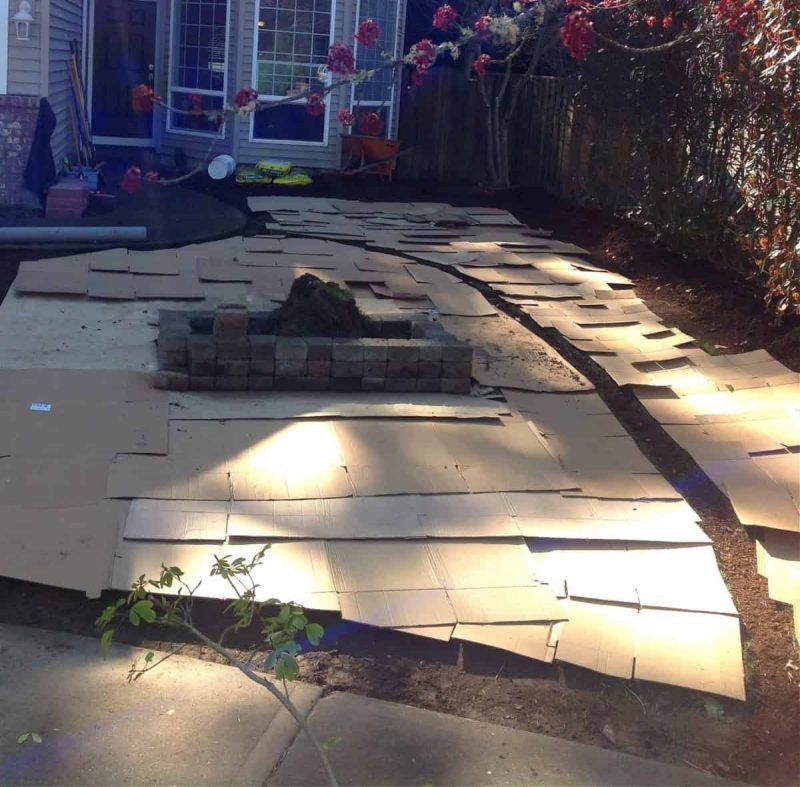
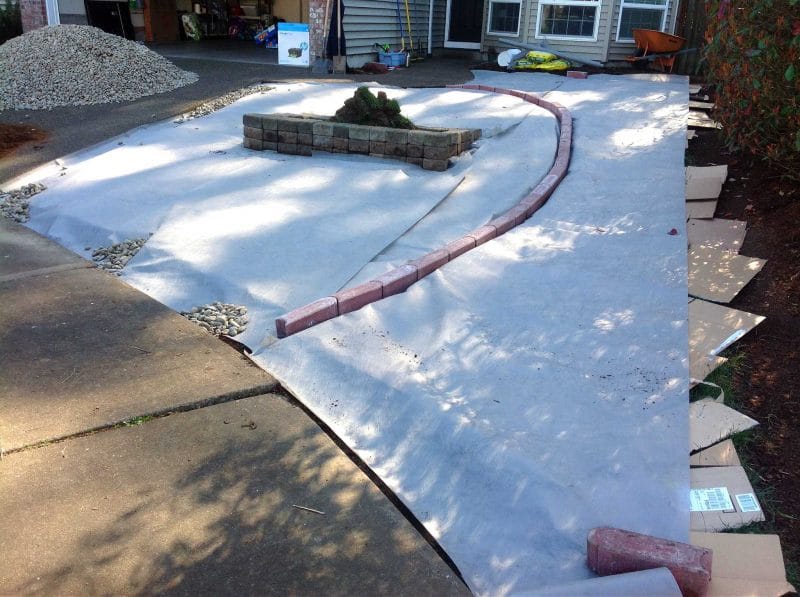
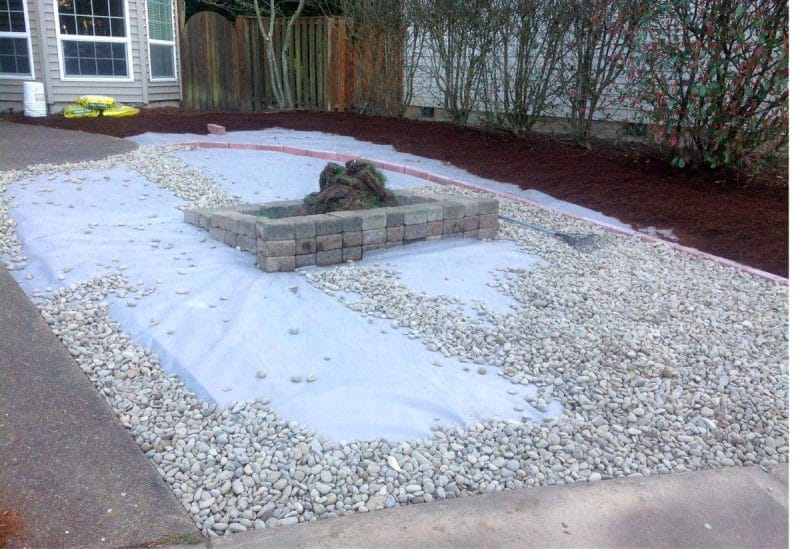
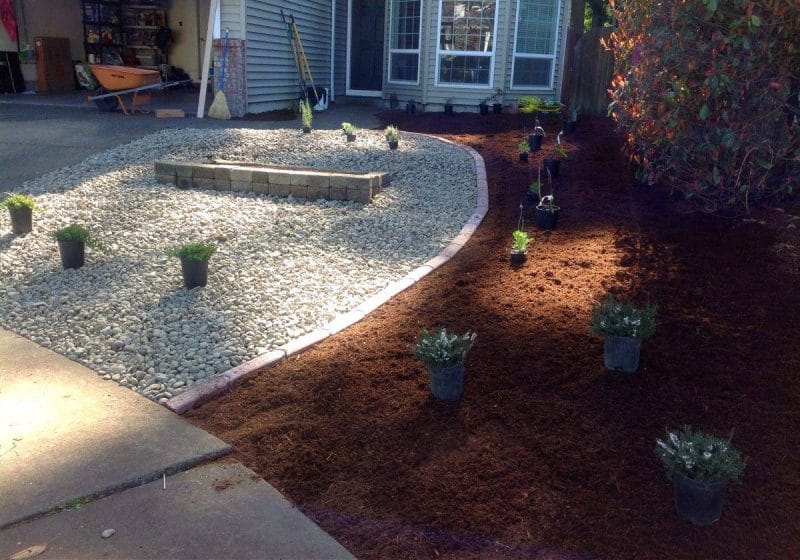
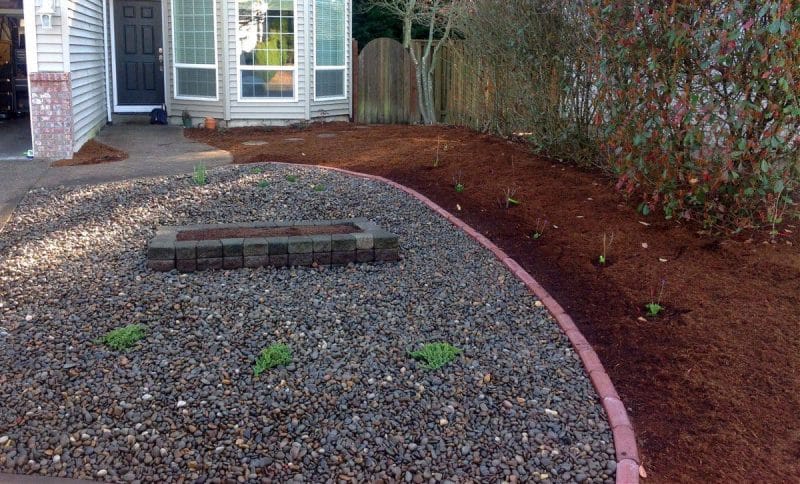
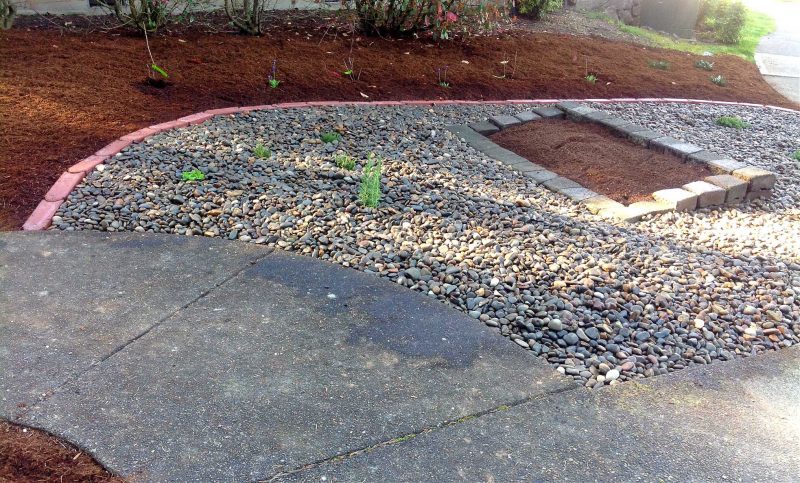

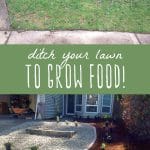
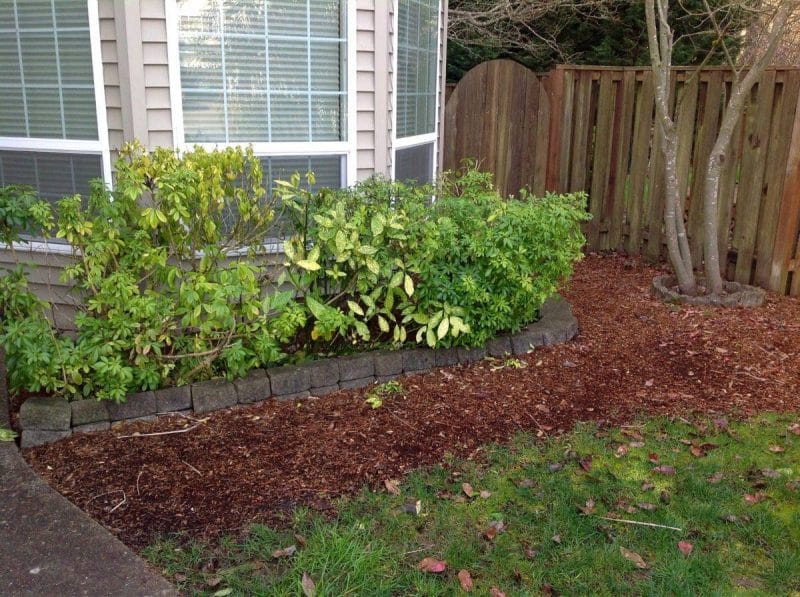 How to Ditch Your Lawn and Grow Food
How to Ditch Your Lawn and Grow Food
Thanks , I have recently been searching for info about this topic for ages and yours is the best I’ve found out till now. But, what concerning the bottom line? Are you sure about the source?
Hi there. I’m not really sure I know what you mean. Can you explain?
I am currently buying my first home and the yard is huge and all weeds. I wasn’t sure what to do with it but this is inspiring! I’m not a fan of the rocks but I am sure there is a way to incorporate growing food with such a large space. I’m considering a hedgerow along the property as well for privacy. Do you know any good bushes that make good hedgerow and also produce food?
You had my interest until you added the landscape fabric.
I loooove this! This is Great for a busy family or a beginner gardener like myself. Can you use that cardboard methods in garden beds? We just recently purchased our first house and the previous owners used cotton burr mulch that I’d like to some how get rid of and turn the beds into a veggies and herbs garden
I really don’t like your gravel sea…I have a barefoot policy for my grounds and gravel hurts were it lays and then it always creeps onto the sidewalk..ouch.
To each his or her own :)
Wow! Neat idea. I’d love to see an updated picture. Thank you for the inspiration!
That does look really good, Joel! I would like to see a picture of the growth by the end of the summer!
1st, Congratulations to you on your marriage. 2nd, we love Costa Rica and the Osa area is our favorite place. We always head south and have been to some of the places you’ve mentioned. Your article just brought back how much we love Costa Rica and miss our friends and being there.
AND I’m now a fan of your pages about gardening.
Thank you
Thank you so much, I’m so glad that you like the blog! I really appreciate it :) We fell in love with the Osa as well. I will be doing a more in depth post next week on all of the wonderful permaculture things that are going on there, so stay tuned for that!